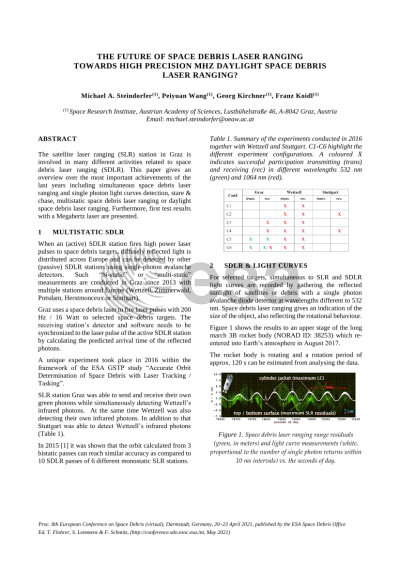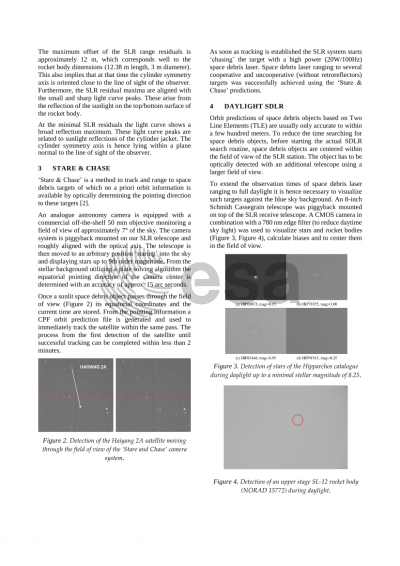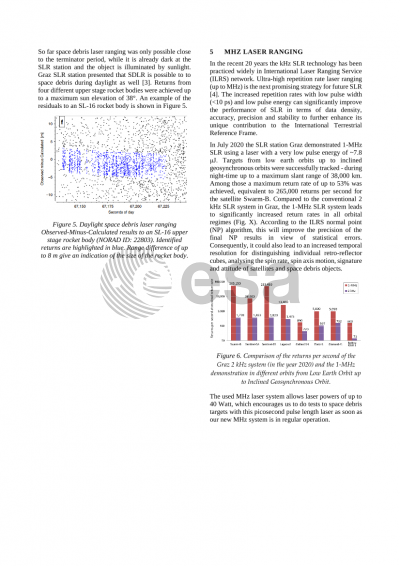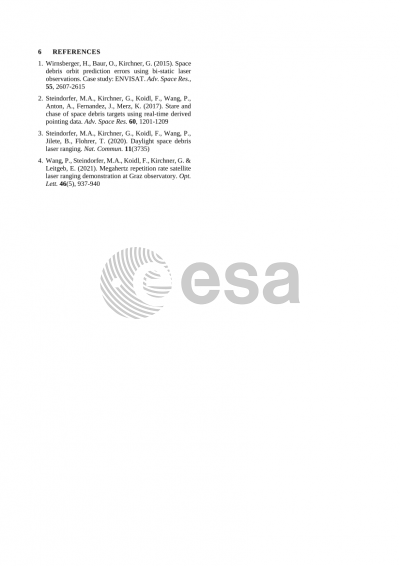Document details
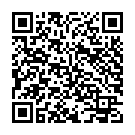
Abstract
We present an overview of the variety space debris related activities Graz SLR station was involved the last couple of years: Stare and chase, bi- and multistatic space debris laser ranging, attitude determination, single photon light curve detection, Expert Center.
Recently Graz SLR station published first space debris laser ranging results during daylight. Medium to large space debris objects are optically visualized against the blue sky background during daytime. The targets are automatically detected and inaccurate predictions are corrected to center them in the field of view of the laser ranging telescope.
In which direction are space debris laser ranging measurements heading in the near future? The primary goal should be to form a small, but worldwide network of stations capable of doing space debris measurements. Potential observation times need to be extended, ideally by making daylight space debris observations a routine task. Improved predictions will reduce the necessary effort searching for objects on the night sky. Currently, a few stations are testing picosecond MHz satellite laser ranging which will significantly increase the return rate in all orbital regimes, while keeping a constant precision with respect to current kHz systems. With current laser powers of 8 Watt or more, space debris laser ranging with such MHz / picosecond lasers seems to be in reach as well. Graz SLR station already ordered such a MHz laser, and will soon be able to investigate this option in further detail.
Preview
